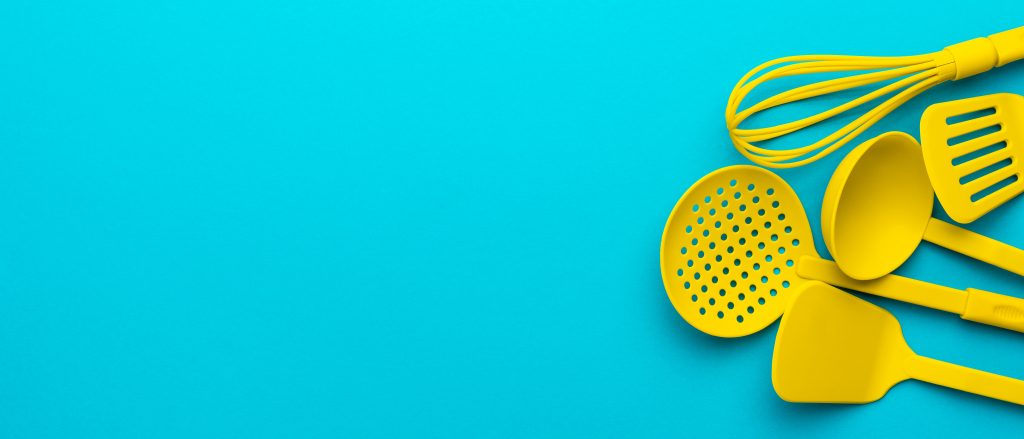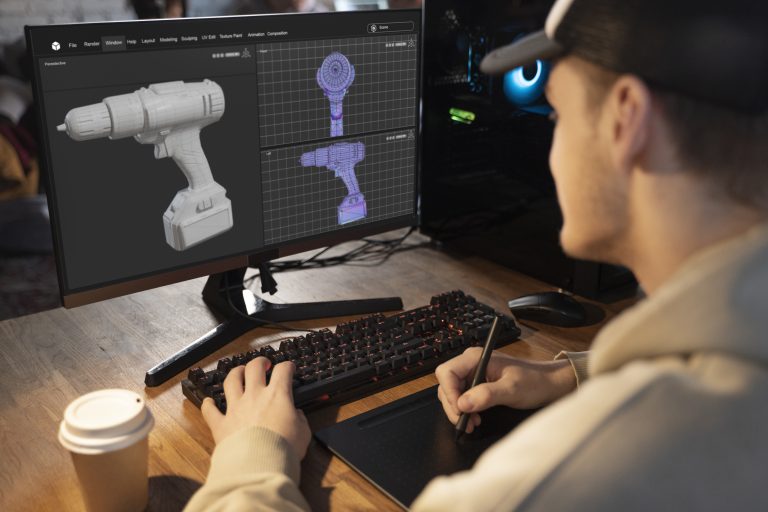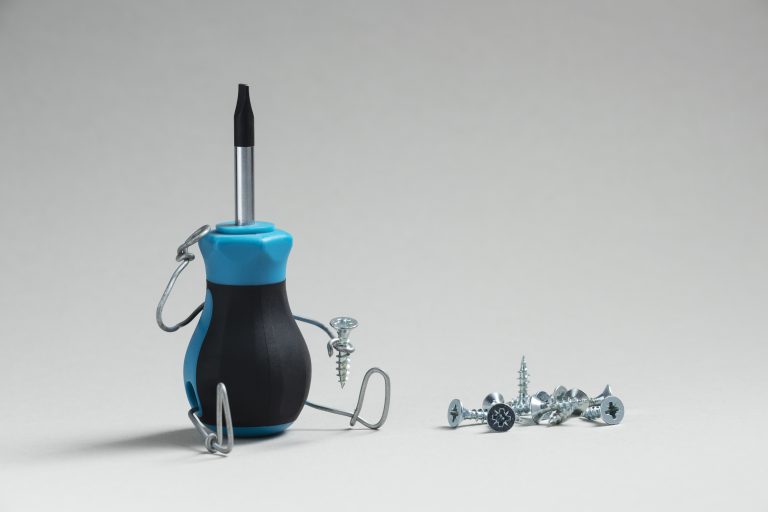Plastic thermoforming is a versatile, durable plastic manufacturing process that is commonly used across many industries. The process involves applying a vacuum or pressure force to stretch a thin layer of heated thermoplastic over a custom-shaped mould. The plastic then takes on the shape of the mould, creating a 3D part that can be cooled, trimmed and finished to exact specifications.
Thermoforming produces extremely accurate parts and the plastic materials used are suitable for a wide range of applications. Variations of the process include blow thermoforming, pressure thermoforming, mechanical thermoforming and vacuum thermoforming.
What Are Thermoplastic Materials?
Simply put, thermoplastics are those plastic materials that become soft and pliable when heated to the right temperature. They then return to being solid when cooled again. This is due to their high molecular weight that allows the polymer chains to weaken on contact with heat. Thermoplastics can be reshaped after their initial application is no longer required, making them ideal for recycling and other sustainable manufacturing methods.
Some examples of thermoplastics and their uses include:
- Nylon (clothing, bearings, power tool casings)
- Acrylic (storage boxes, shop signs, headlight casings)
- Polypropylene (laboratory equipment, plastic seats, kitchen utensils)
- Polystyrene (model kits, food containers, disposable cups)
- Low-density polythene – LDPE – (packaging film, bottles, plastic bags)
- High-density polythene – HDPE – (baby bottles, tubing, household equipment)
What Are Some Uses For Thermoformed Products?
The fact that so many different thermoplastics can be used in thermoforming means that a vast number of applications are possible. For example, in the retail, FMCG and food and beverage industries, the thermoforming process is essential for packaging, cups, plates and utensils, as well as refrigeration components, advertising and point-of-sale signage.
Thermoforming is also prevalent in the automotive and marine sectors for vehicle parts, interior fittings, dinghy hulls, door panels, waterproof ropes and other safety applications. In the home, you will normally find thermoformed baths, basins, kitchen appliances and shower panels, as well as children’s toys, nylon soft furnishings, electrical enclosures, skylights and window frames and more.
How To Achieve The Perfect Thermoformed Part
As with any manufacturing process, the secret to perfection (or at least as close a proximity to it as possible) is in the planning and design. Thermoforming allows custom shapes and bespoke designs, as well as mass production of more uniform parts. The moulds must be designed and the thermoplastics chosen to meet exact specifications and allow the manufacturing process to be successful.
Some guidelines include ensuring that the maximum section thickness is suitable for the materials chosen – usually around 3mm to avoid the part breaking during the process. Tolerance ranges, minimum diameters etc. will all depend on the shapes chosen but must be carefully calculated and factored into the design. The radius of any corners must be greater than the product thickness, again for strength and structural integrity.
Finally, large surface areas are unsuitable for this manufacturing process and neither is it possible to add holes in the middle of the plastic sheet being thermoformed. Raised lettering, ribs and bosses are possible to achieve, but this is difficult and very expensive. Simple and moderately complex shapes suit thermoforming far better than overly intricate designs.
Why Choose Thermoforming?
There are many commercial advantages to choosing thermoforming for your next manufacturing project. Lead times are rapid, meaning that you can book in your job and receive the finished product within days. Production volumes are high, typically anywhere between 60 to 360 pieces per hour depending on the complexity of the design and size of the parts being made.
The process can be fully automated and a single machine can contain multiple moulds to speed things up even more. Thermoforming is also suitable for prototype work and research and development projects, due to the lower production costs and versatile materials involved. Thermoforming does not leave any parting lines visible in the finished products, making the overall appearance even more attractive and able to carry branding.
Tooling costs are relatively low when compared to other plastic manufacturing processes, along with the price of labour and materials. Quality control can take place at several points during the process. This leads to high accuracy levels and excellent results around aesthetics and surface finish, durability and suitability for the intended purpose.





